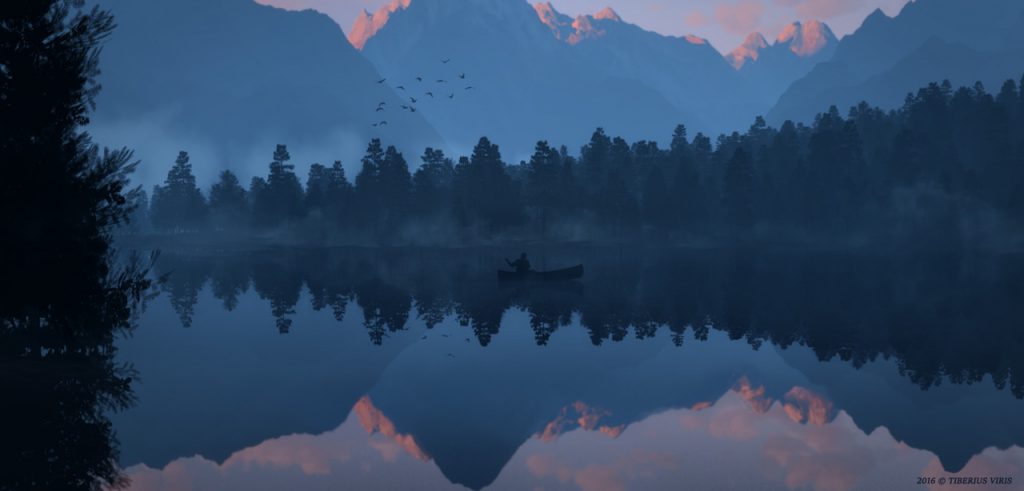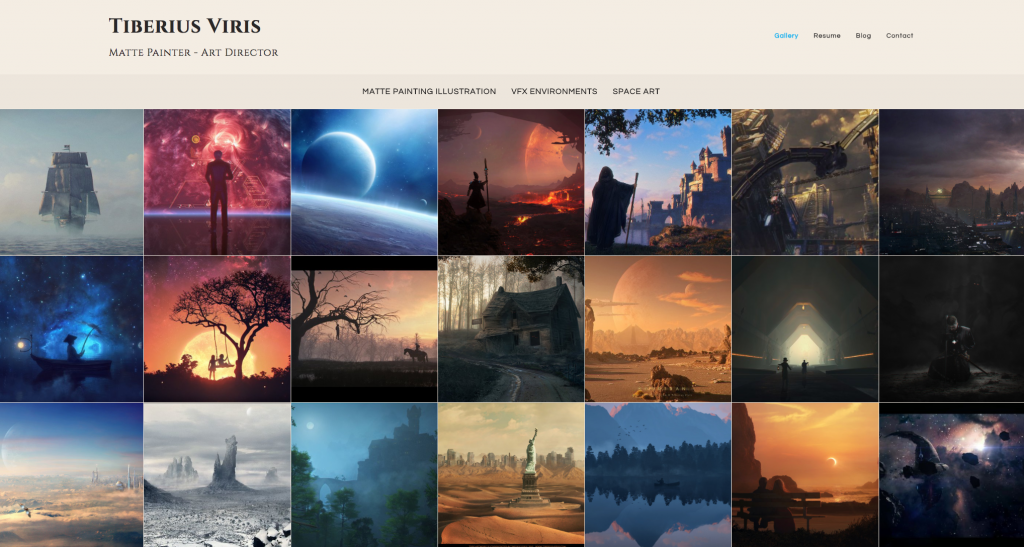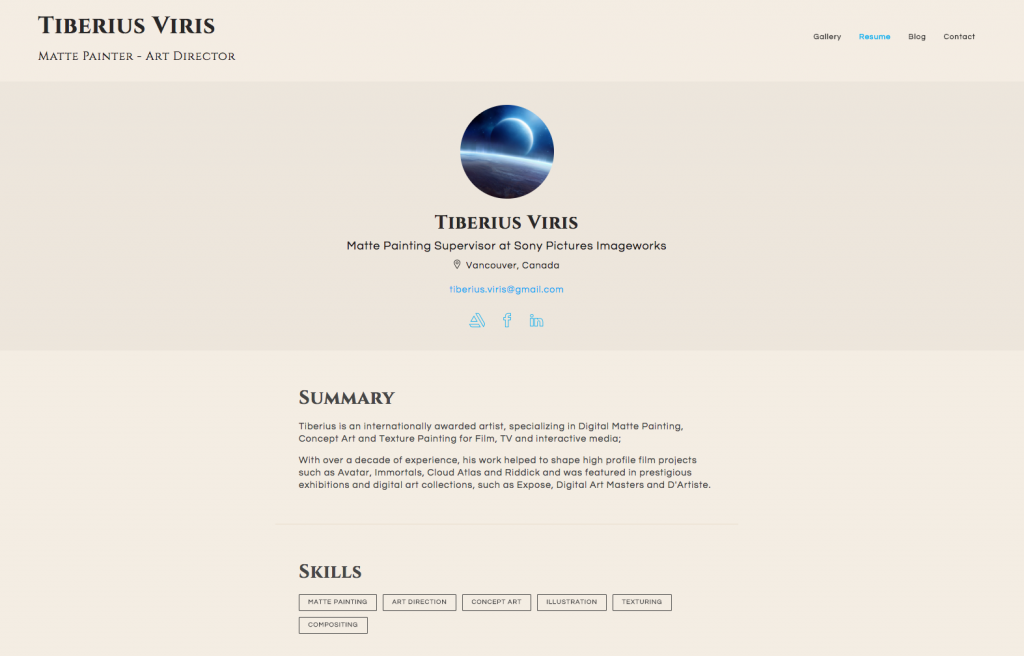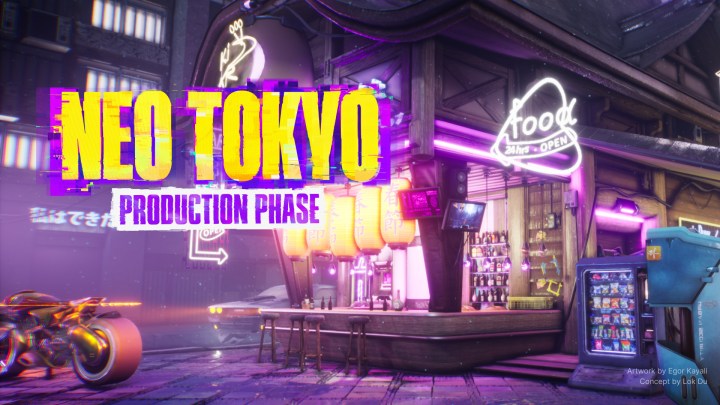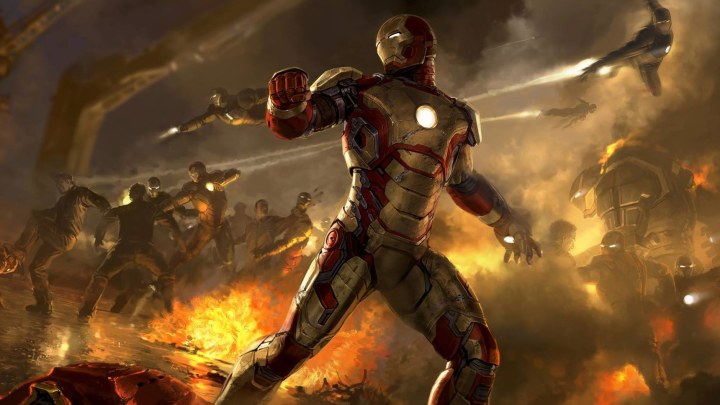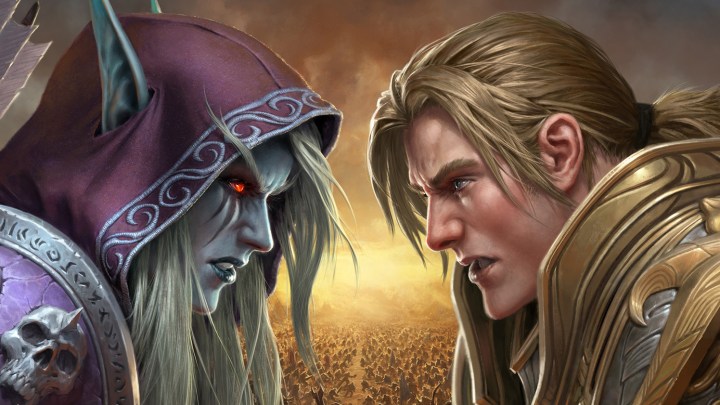Featured Pro Portfolio: Tiberius Viris
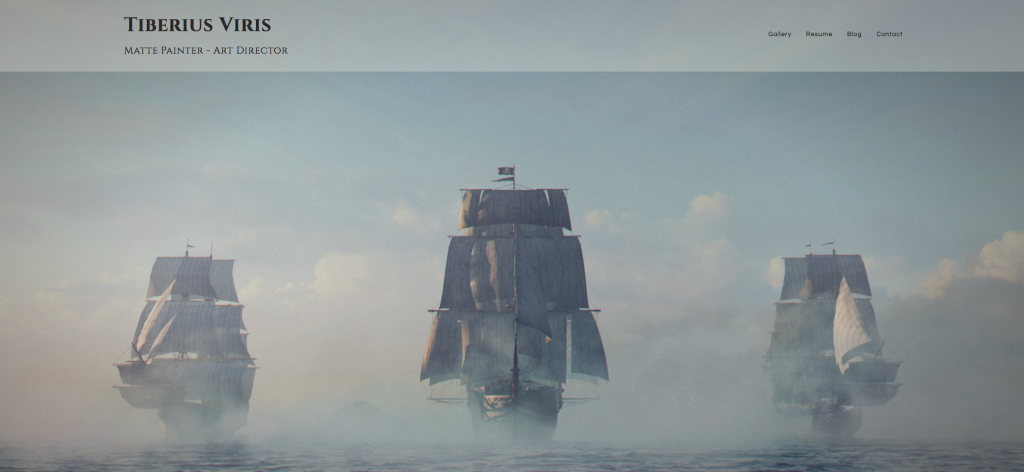 Tiberius Viris is a Digital Matte Painter and Concept Artist with over ten years of experience in the film and television industry. Some of his credits include Avatar, Immortals and Cloud Atlas. With ArtStation Pro, he also keeps his followers up to date on his latest news and projects with his Blog and sells some of the reference packs he uses on his Store.
Tiberius Viris is a Digital Matte Painter and Concept Artist with over ten years of experience in the film and television industry. Some of his credits include Avatar, Immortals and Cloud Atlas. With ArtStation Pro, he also keeps his followers up to date on his latest news and projects with his Blog and sells some of the reference packs he uses on his Store.
Check out Tiberius’s ArtStation-powered portfolio website.
In this interview, he shares his favorite project, best advice and unconventional beginnings as an artist.
Tell us about one of your favorite projects.
What do you think makes a portfolio stand out from others?
What training or experiences brought you to where you are today?
This is actually an atypical story as my university degree is in Computer Science which, technically, has nothing to do with art! It so happened though that during my Master studies I chose to specialize in Artificial Intelligence – Images and Shapes recognition. This meant programming robots to understand and recognize their environment.
Without knowing it at that time, this gave me all the prerequisites for matte painting since in order to analyze the environment – as seen through a photo sensor – we had to understand things like levels, atmospheric perspective, lens distortion etc. Later on that year, one of the Lord of the Rings movies was released and I remember being so amazed at all the environments they created digitally that I started to do some research into how they were made. This lead me to find about matte painting and here I am, 15 years later.
What is the best art advice you’ve ever received?
There’s a few of them:
Be your own best critic: Even when you absolutely love your latest artwork, analyze it and try to give yourself some honest constructive criticism. Seeing your own flaws and work at improving them is how you get better.
Seek the answers: Always keep a curious mind and try to learn something new about the world everyday. We often find inspiration in things that are not necessarily art related.
One step at a time: No matter how fast you run towards the finish line, you still reach it by taking one step at a time. Likewise, when creating your art, try to be methodical and focus on each step at a time. Start with the foundations (perspective, composition, shape/design) before you even think about details. This is even more important when you work for a studio/client, as you need to have the overall concept approved before taking it further.
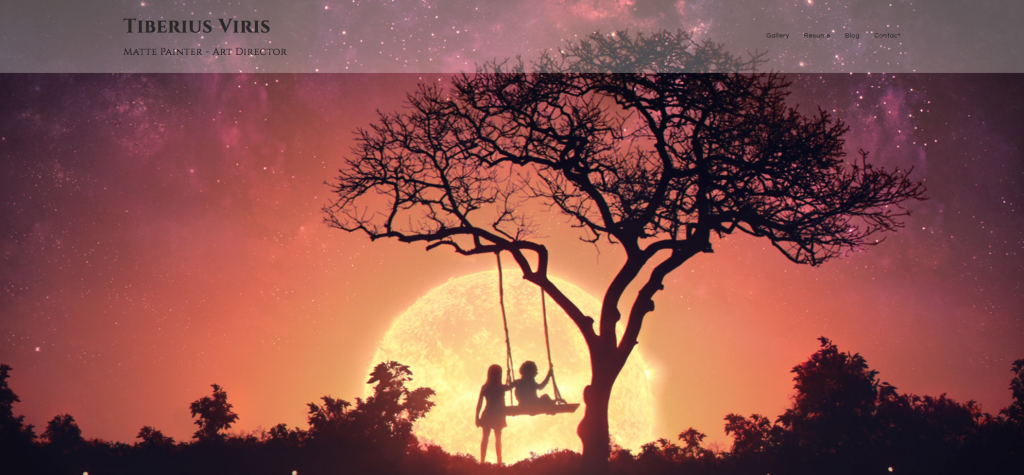
See more of Tiberius’s work on his portfolio website. To learn more about ArtStation Pro websites, click here.
